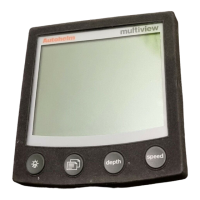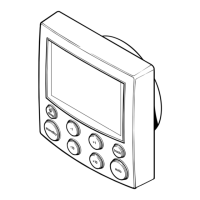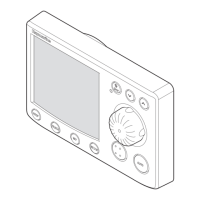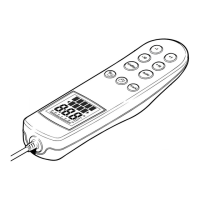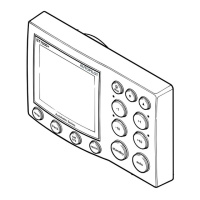Chapter 4: Customising the ST5000 Plus
39
Setting Effect Recommended for:
Off No trim correction
1 Slow trim correction Heavy displacement vessels, with
full keel or transom rudder.
2 Medium trim correction Heavy displacement vessels.
3 Fast trim correction Moderate to light displacement vessels.
4 Fast trim correction Planing power vessels
The default settings should provide optimum performance with the
ST5000 Plus autopilots. However, depending on the vessel’s dynamic
stability, an incorrect rate of trim application may result in poor course
keeping due to autopilot instability. After gaining experience with the
ST5000 Plus, you may wish to change the setting. The effect of the
setting must be evaluated while under sail.
• Decrease the AutoTrim level if the autopilot gives unstable course
keeping or excessive drive activity with a change in the heel angle.
• Increase the AutoTrim level if the autopilot reacts slowly to a
heading change due to a change in the heel angle.
Drive type
Drive type controls the way which the autopilot drives the steering
system. The default settings (soft drive) should be retained.
Variation
If required, set this to the level of magnetic variation present at your
vessel’s current position – indicated as East (E) or West (W). The
variation setting is sent to other instruments on the SeaTalk system, and
can be updated by other SeaTalk instruments.
AutoAdapt
The patented AutoAdapt feature allows the ST5000 Plus to
compensate for heading errors at higher latitudes, which are caused by
the increasing dip of the earth’s magnetic field. The increased dip has
the effect of amplifying rudder response on northerly headings in the
northern hemisphere, and on southerly headings in the southern
hemisphere.
136_3c04.p65 14/06/99, 10:1639
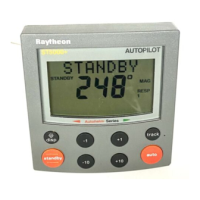
